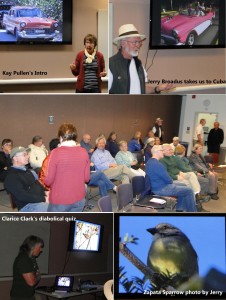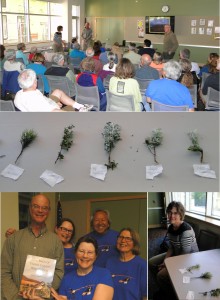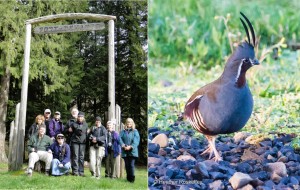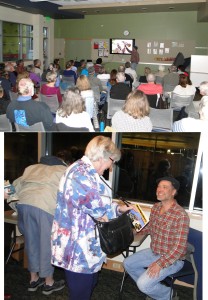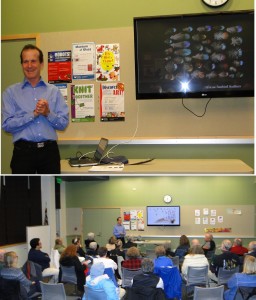JUNE 25, 2015: ABC is pleased to welcome Wendy Connally, the Washington Department of Fish and Wildlife “Diversity Citizen Science Coordinator,” recently moved to the Pacific Northwest from Austin, Texas. Focused mostly on rare species (including BCVI (Black-capped Vireo) and GCWA (Golden-crowned Warbler). She has worked in eastern Washington, coastal Oregon, central and west Texas with broad experience in natural resources conservation, stewardship and restoration planning and implementation, data collection/evaluation, and environmental permitting. Conservation does not happen without people – so, she’s shifted her career in a way to more actively contribute to that conversation. She loves working with people to find common ground and has contributed to several national working groups: Endangered Species Act Landowner Incentives Improvement (2013), State Wildlife Action Plan Best Practices (2012), and Effectiveness Measures for Conservation Actions (2009 – 2011).
Wendy is currently working on the eBird NW portal (http://ebird.org/content/nw/) and will address:
WDFW’s specific bird-related priorities (which species are in need, why, and what data would be most helpful from the eBird NW participant).
Citizen Science projects we’re actively promoting and those in development.
Our collaboration with eBird NW regional reviewers and Klamath Bird Observatory.
From Wendy: “Of course, if you have specific interest areas, you can let me know and I can work out some specific targeted info for your group in my area of expertise or potentially refer you to the right person who could fill that need.” Contact her at: Wendy.Connally@dfw.wa.gov

